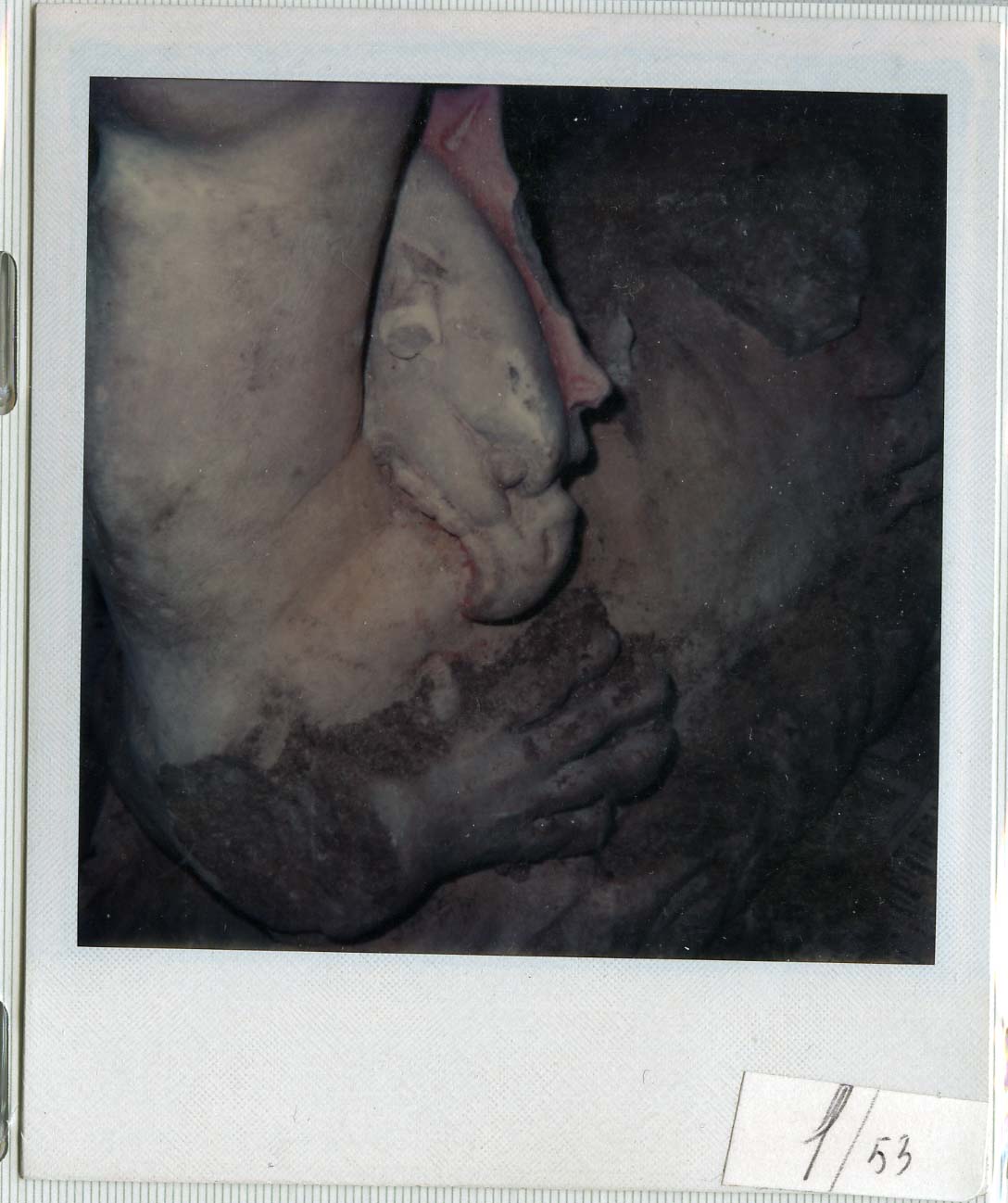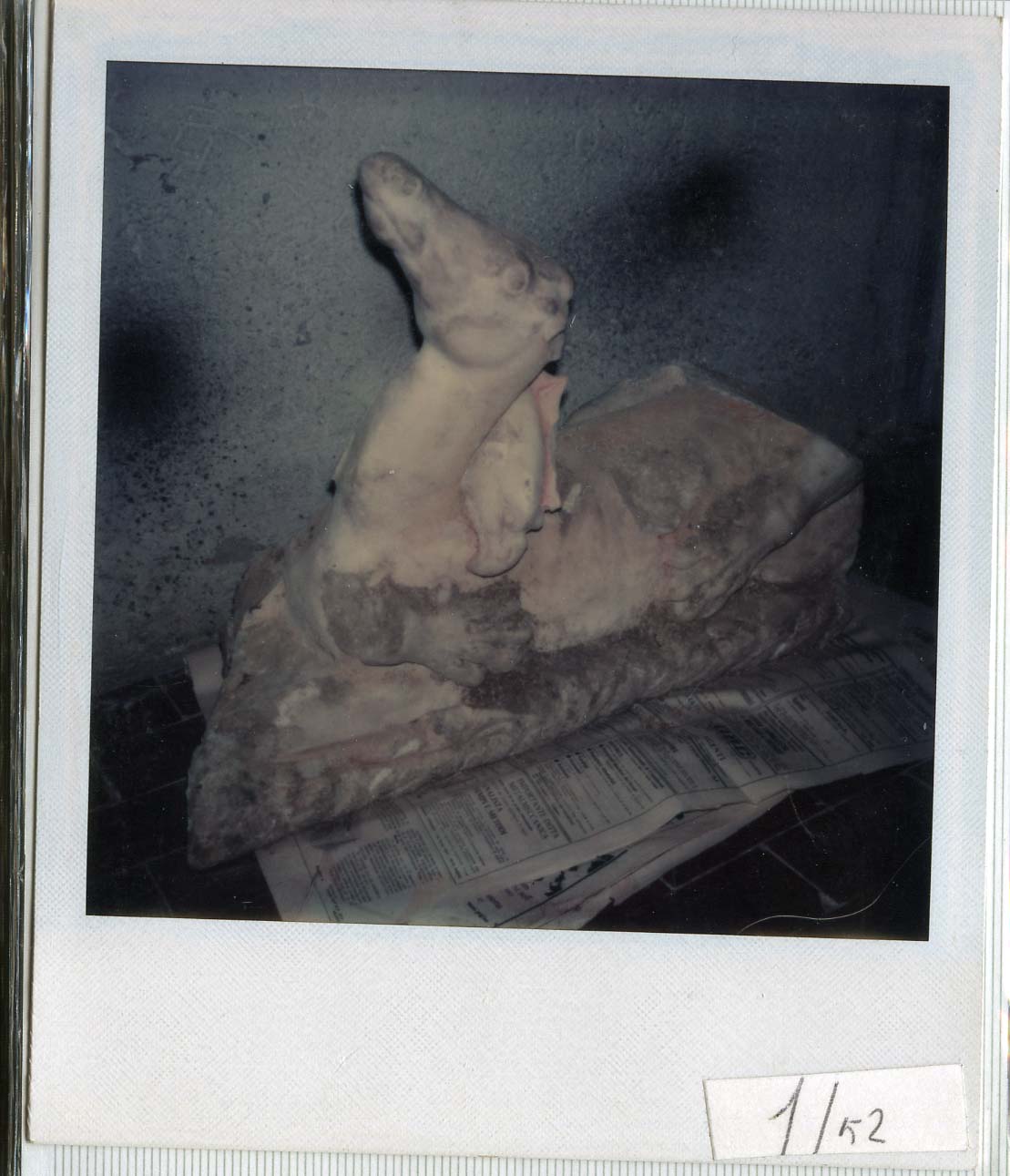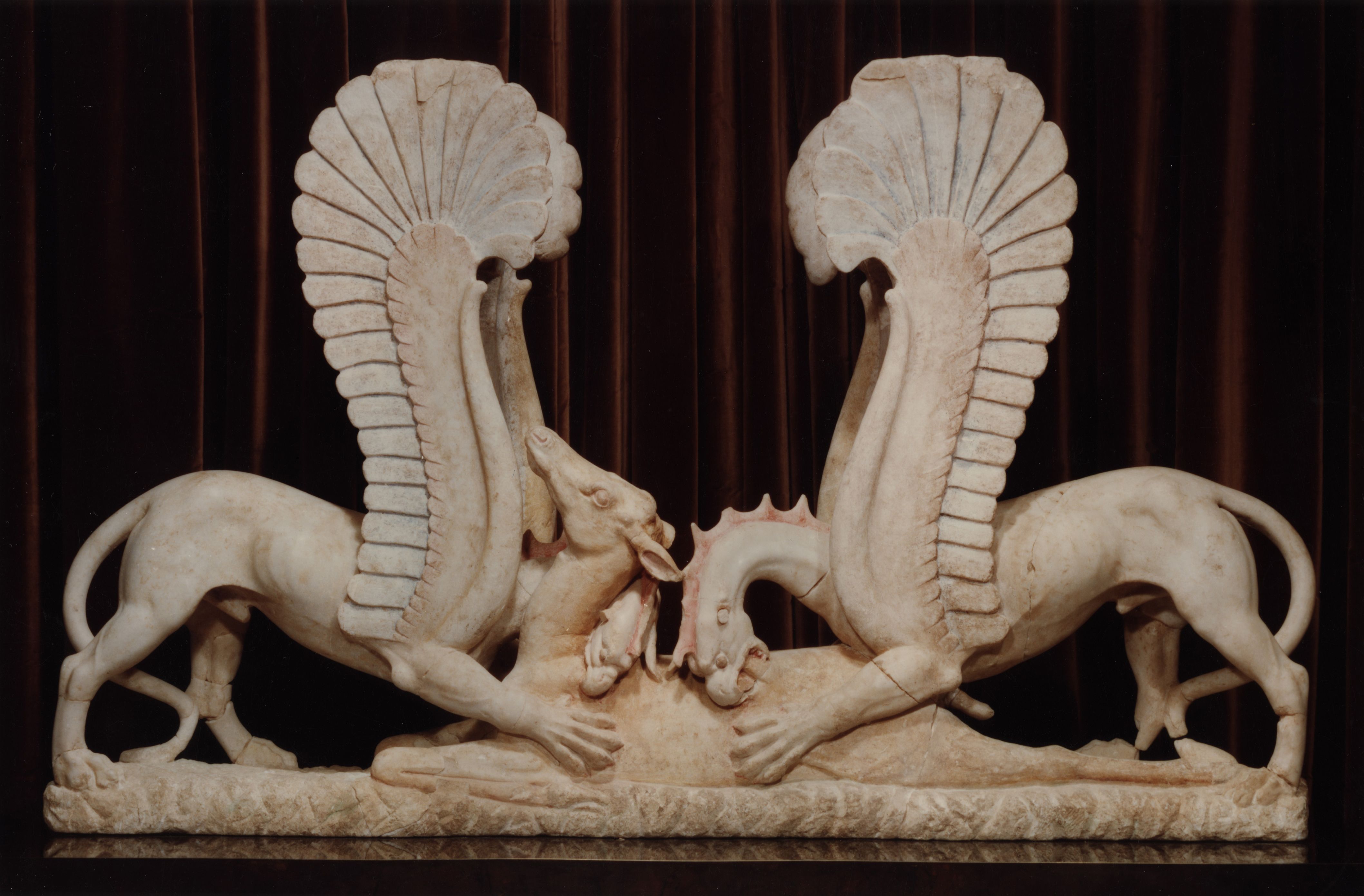Object Description
Greek Marble Trapezophoros
Greek Marble Trapezophoros presenting two griffins attacking a fallen doe, dated at 325-300 B.C.
Identification Date
Between 2000 and 2005
Identification Location
Jean Paul Getty Museum, California, US.
Artefact History
1976-1978
Looters discovered this sculptural group in a tomb near Ascoli Satriano, in Foggia, between 1976 and 1978
1976-1982
The looters sold the trapezophoros to dealer Giacomo Medici. Three Polaroid images from the archive confiscated from the convicted antiquities dealer Giacomo Medici depict the trapezophoros broken in three pieces, the central one on an Italian newspaper in a warehouse, the other two (the bodies of the two griffins) in a boot of a car.
1978-1982
Medici sold the trapezophoros to the antiquities dealers Robin Symes and Christos Michaelides. Symes and Michaelides then sold it to the collector Maurice Tempelsman.
1982
Tempelsman employs Robin Symes as an agent, to sell 21 antiquities from his collection, including the trapezophoros, to the Getty Museum for $45 million. The Getty Museum refuses the offer.
Summer 1985
Symes offers to the Getty Museum 11 antiquities from the Tempelsman collection, including the trapezophoros, for $18 million. Getty Museum accepts the offer and the trapezophoros becomes part of its antiquities collection (ac. no. acc. no. 85.AA.106).
2000-2005
The trapezophoros is identified by the Italian archaeologists Dr. Daniela Rizzo and Mr. Maurizio Pellegrini, in the antiquities collection of the Getty Museum, using the three Polaroid images from the Medici archive.
2006
The Symes-Michaelides archive is discovered in the island of Schinousa, at the premises of the ship owning family Papadimitriou, close relatives of (the now deceased since 1999) Christos Michaelides. Tsirogiannis identifies the trapezophoros, depicted restored in 11 professional images. A digital copy of the Symes – Michaelides archive, including the 11 images of the trapezophoros, is given by the Greek Prosecution Office in Athens to the Italian Prosecution Office in Rome.
Artefact Status
2007
The Getty Museum returns the trapezophoros to Italy.
The trapezophoros is exhibited at the museum of Ascoli Satriano, in Foggia, very close to the tomb from where it was looted.
Read more:
External Link



